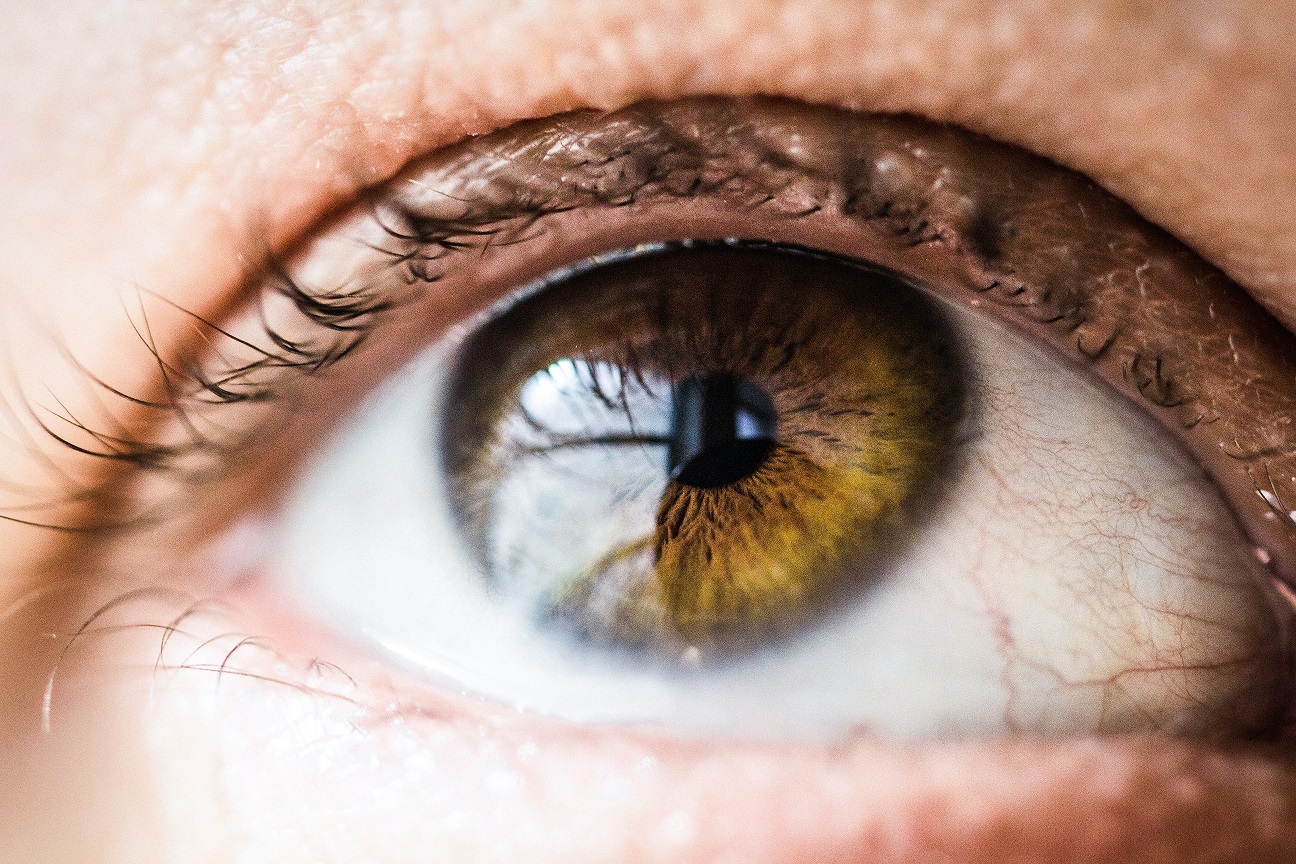If you have ever had dry eyes, you know the feeling of burning and irritated eyes. Symptoms of dry eye disease can range from mild, moderate to severe. It is also becoming more and more prevalent with increased screen time.
There are several risk factors to dry eye disease including prolonged contact lens wear, meibomian gland loss, a high inflammatory diet, female gender and increasing age.
In clinic, optometrists commonly see more women and especially, post-menopausal women being affected by dry eye. In this article, I break down the hormonal changes related to dry eye.
Hormones in Dry Eye
Sex hormones known as androgens are present in males and females. They play an important role in our reproductive growth and are also thought to play a role in creating optimal tears. In the eyes, androgens help create and secrete the oils into the tear film.
As we celebrate more birthdays, our androgen levels in our body decreases. How does this relate to dry eyes? Well, studies have suggested that low androgen levels may cause decreased amount of oil in the tears – also known as meibomian gland dysfunction (MGD).
What is MGD?
MGD is a specific type of dry eye that is caused by low amounts of oil in the tear film. When there is not enough oil, the tears will evaporate and dry up faster than normal. As a result of being oil deficient, a person with MGD may have symptoms of irritation, pain and possibly blurry vision.
Many researchers hypothesize that post-menopausal women have the highest rate of dry eye disease compared to other age groups due to hormonal changes in the body such as low androgen levels.
Ask Your Doctor
If you have MGD, there are many treatment options available to help with your dry eyes. Visit one of our MyDryEye clinics to have a dry eye evaluation and a thorough dry eye examination. Your optometrist can determine if there are specific in-office procedures that can increase the oils in your tear film. If you would like to speak to a dry eye doctor about these procedures, contact your nearest MyDryEye clinic.









